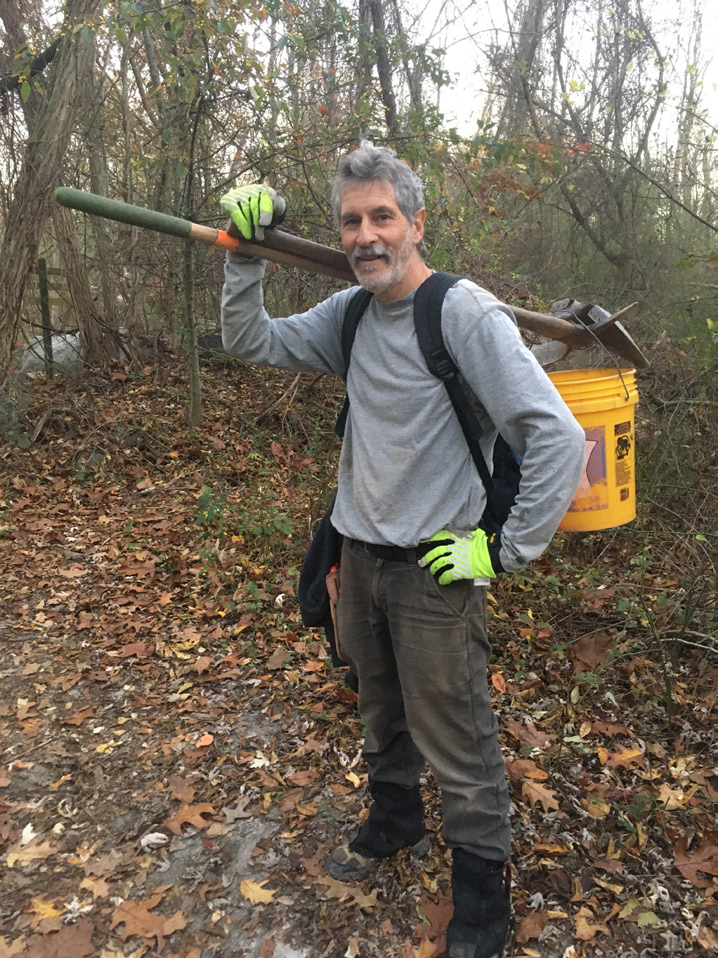
My dirty secret, well one of them, is that I have lived most of my life in the suburbs. It seems I do this by choice. It’s like smoking cigarettes: you know it’s wrong but the wrongness of it, like a dysfunctional relationship, becomes part of you.
The lack of density in the outskirts is sinful. The resources required to support single family dwellings are woefully greater than for multiple homes stacked atop one another under a common roof in the more environmentally acceptable style of our righteous brothers and sisters who live in and love the city. And oh, the fuel wasted in one’s car flitting about the suburban sprawl from the grocery store to the cleaners, the gas station (of course!) and then home again, only to dash back out to the hardware store for a bubble wrapped package containing six machine screws, because, well, you forgot, and there’s that thing with the dishwasher.
I grew up in a sweet, leafy suburb on the shores of a lake just outside of a muscly Midwestern metropolis, hovering thereafter on the periphery of several great cities before moving to New York, where I tried—I really did—to live in Manhattan but just couldn’t get a firm foothold and lapsed into a customary orbit within striking distance of the city’s molten core. Unlike those who are permanently ensconced in the city and for whom it is a phantasmagoria of tastes and amusements, for the commuter the city is where one goes to compete, impress and strive. The train is how one steals away through dank, subterranean tunnels and bursts out into horizontal space beneath a broad sky. Against the muffled quiet of the walk home the roar of the city is still detectable, a residual buzz in the ears.
I thought the suburb to be an American invention until I got a glimpse of greater London. One wasted weekend there I and my bon vivant brother alighted upon the grounds of the Ham Polo Club, there to observe wealth on horseback. Recollection of the match is scant. (Drink may have been taken.) What lingers in memory are the houses near where we parked. Each was a little folly representing rural life in microcosm. There were rustic wooden fences, weathered and mossy green, guarding semi-wild-looking gardens that surrounded architectural variations on a storybook cottage theme. Gates opened onto flower-lined paths that did not go directly but meandered alluringly to side doors. One property even featured a stile, looking aged but unused, providing pedestrian access over a fence that safeguarded the containment of some imaginary barnyarderie.
The epiphany here was, yes, the earliest American suburbs were probably inspired by these English antecedents. But, more importantly, the suburb appears to have given birth to an architectural genre, a kind of residential theater. While the urban apartment building attempts to house as many people as possible, comfortably, efficiently, profitably, the suburb affords each homeowner an individualized version of country life in the style of whatever country’s life suits the owner’s fancy: English Tudor; French Provincial; Ranch; Colonial; Mid-Century Modern; Italian palazzo — the dream evoking nomenclature of residential real estate.
The criminal waste of the planet where I live is a gaggle of municipal jurisdictions that occupy the western half of a peninsula on the north shore of Long Island. The other half of the peninsula, or the top few hundreds of thousand of tons of it, was hauled away in barges from the late 1800s and into the second half of the last century. Those barges carried a high quality sand used to make concrete and to become the sidewalks, bridge abutments and skyscrapers of Manhattan. Of the peninsula’s two halves this gouged out eastern one tells a more dramatic tale than the orderly streets and houses of the other.
The sand mines, as they are now called, eliminated the cliffs and rolling bluffs known then as “sand banks.” Overlooking a picturesque arm of Long Island Sound and having once served as sets for silent motion pictures, the sand banks may be said to have been killed by mining but spared the slow death of suburbanization. As the sand ran out the remaining pits attracted urban managers desperate to dispose of garbage, giant mounds of it. Long time residents say that, on warm summer nights in the late 1970s and early ’80s, they could hear the low rumble of methane exploding in the depths of those garbage mountains which today are grassy, vented domes overlooking soccer fields, a golf complex, an over-fifty “golf side” gated community replete with end-of-life options, a Greek Orthodox church, a firefighter training facility and a vast, ominously vented field that covers up something best forgotten and serves as an aerodrome for model planes. Wrapped around this aerodrome and separating it from an 18-hole golf course are a couple hundred acres of wild wood that stand as testament to the redemptive power of nature.
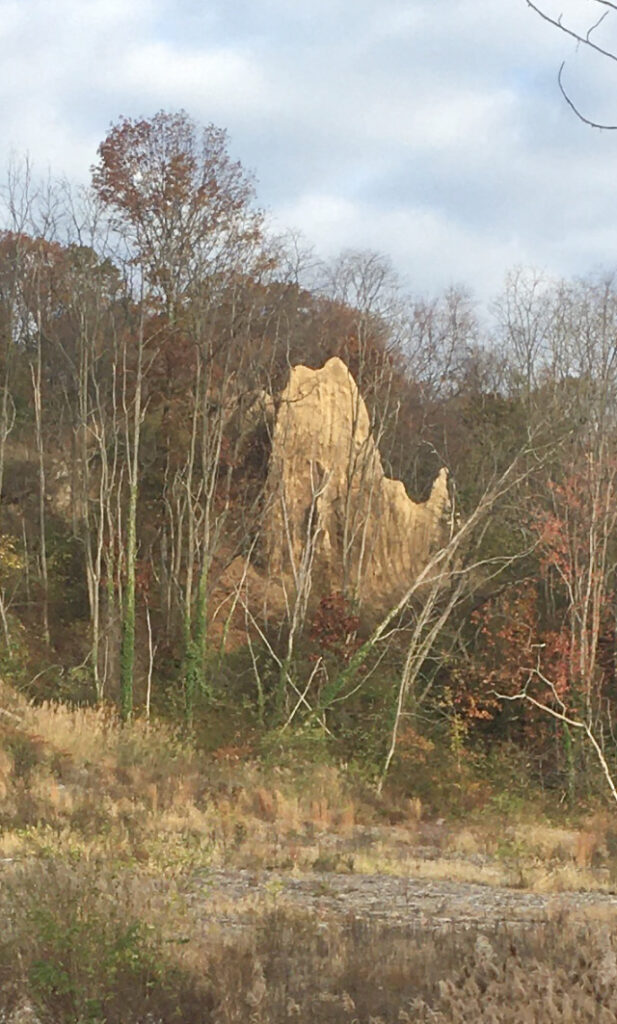
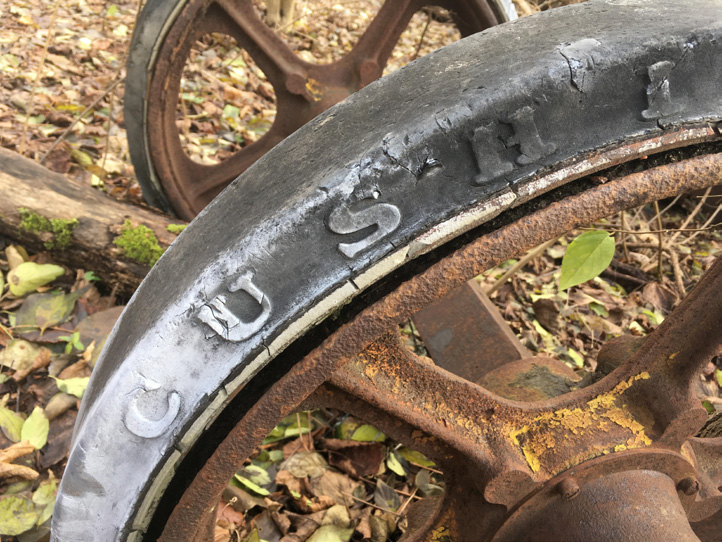
A dwindling Long Island demographic can remember first hand the bare mounds of clay and rock on which these woods took hold. Mike Vitti, a native, was one of these, having grown up in Nassau County farm country during that fleeting sliver of time just before most of the island ceased to be rural. As a kid he hunted in fields that are now residential blocks, rode bikes on country roads and — and this is perhaps not unique in all the world but so very Long Island — he surfed. As an adult the wave and bike riding did not fade as childhood pastimes often do; they matured and actually merged somewhat with the advent of a thing called mountain biking. One can see how the daring and physical engagement of mountain biking could approximate that of surfing. But on Long Island, waves are easier to find than the dramatic topography that mountain bikers need.
This is what got Vitti started exploring what was left of the sand mines in the late 1990s. What he found there were mine leavings piled into steep inclines that, in places, rose up a hundred feet above low lying ponds and seasonal wetlands where the sand operation had clawed its way to the water table. For twenty years Vitti, by this time a landscape designer, begged, lobbied and cajoled a succession of local politicians for permission to make trails there. Those twenty years of waiting in the wilderness proved useful. Vitti used them to learn the space intimately and travel to see how wilderness biking and hiking trails had been made elsewhere. Meanwhile, having given up its sand, the land had been allowed to rest. What ensued was a botanical, zoological riot.
The once barren waste became a forest of fiercely competing trees, vines, flowering shrubs and every imaginable weed. Egrets and Ospreys, Great Blue Herons, ducks and geese found the low lying lakes and swamps that were now rimmed with tall aquatic reeds. A coyote, rarely seen, began to roam the woods along with foxes and a small herd of deer. Birds of prey circled overhead while ticks flourished in the undergrowth beneath a luxuriant canopy of poison ivy. Here was a wonderfully wild display of natural power reclaiming a gutted piece of Earth, in the face of which words like ‘invasive’ and ‘non-native’ seemed silly.
Needless to say, someone had finally said ‘yes,’ and Vitti was allowed, without any remuneration whatsoever, to sculpt what are now known as the Hempstead Harbor Woods Mountain Biking and Hiking Trails. Without these elegantly simple dirt paths the land described here, this intense natural microcosm, and possibly how much I need it, would be unknown to me. As of this writing, the woods are lushly verdant and smell of honeysuckle. Dogwood, wild rose, Astor and plants I cannot name are blooming. Vitti’s trails, varied and tortuous by design, wend their way between giant Ice Age boulders and the rusted industrial remains of the last century. (Occasionally I spot the grill of what I strongly believe was once a DeSoto.) Not one hillock here, not one gulley is by nature made, yet, in the spirit of those storybook cottages near the Ham Polo Club, disbelief can be suspended in this environmental theater, and the mind can feast on the illusion, the reality and arguably the future of nature in an otherwise anthropocentric, paved, chemically treated world. G&S
Contact for Mike Vitti: sick4surf@yahoo.com CLIMB – Concerned Long Island Mountain Bikers: www.climbonline.org



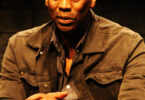
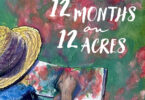
Leave a Comment